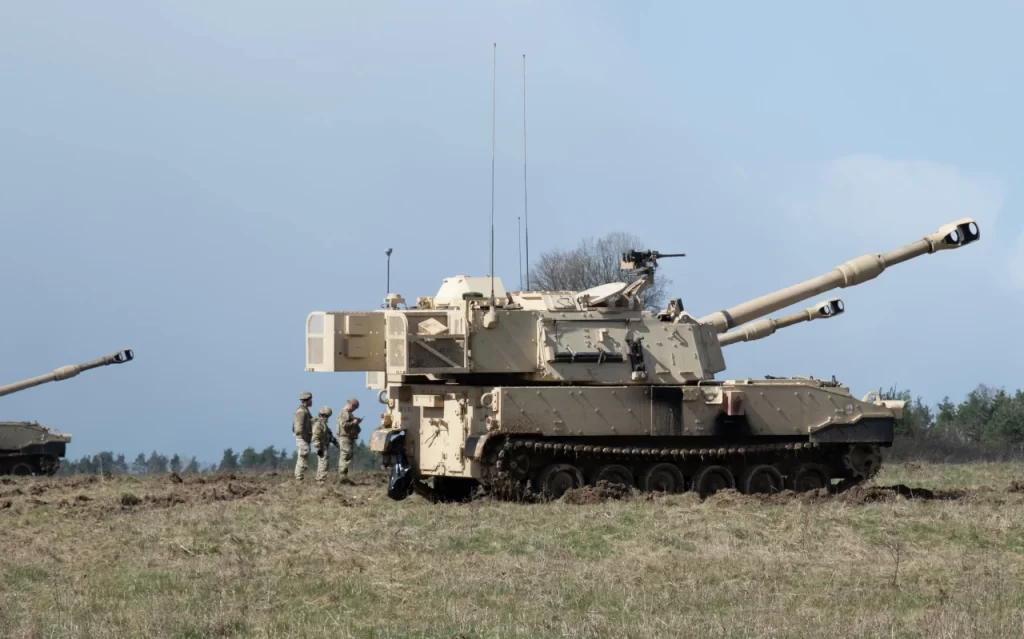The commencement of NATO’s largest-ever aerial manoeuvres on June 12, which were given the name “Air Defender 23,” aroused a lot of questions about the relevance of the manoeuvres in the context of the war between the West and Russia, as well as the messages that the manoeuvres carry to Moscow inside their folds. 10,000 military personnel and 250 military aircraft from 25 NATO member and partner countries, including Japan and Sweden, a candidate for NATO membership, are participating in the Air Defender 23 operations, which are being hosted by Germany and will continue through June 23.
In light of Russia’s occupation of the Crimean Peninsula in 2014, these drills were conceptualised and implemented in 2018. During the presentation of the exercise, the commander of the German Air Force, General Ingo Gerhartz, stated that the primary objective of the manoeuvre, which witnesses the largest deployment of air forces in the history of NATO, is to organise air operations with allied and partner air forces, with a focus on maximising cooperation between countries and expanding the scope of that cooperation. Although they do not specifically target any party, this is the largest deployment of air forces in the history of NATO. Air forces’ capacity to defend NATO territory with swift and decisive measures is displayed during cooperative missions.
Exercise Air Defender 23 is based on a collective defence scenario known as Article 5, in which allies deploy their air forces in Germany to fight against a fictional joint occupation force. The commander of the German Air Force stated that with Exercise Air Defender 23, NATO is opening a new chapter in transatlantic history.
According to Article 5 of the NATO Charter, any armed attack against any member state must be regarded as an attack against all members. As such, all members pledge to aid the attacking state or states.
National Guard units from 35 states make up the US Air Force contingent in Germany, while the bulk of the German Air Force comes from just three facilities, and the rest of the forces operate out of their home bases. Aside from theoretical exercises, the manoeuvres also feature tactical and practical training, especially in Germany, the Czech Republic, Estonia, and Latvia.

According to the official website of the North Atlantic Treaty Organisation, the exercises corroborate Germany’s ability to receive and host large aircraft units at its airports, facilitating agile combat employment in the United States and allowing for short-term and external deployment operations. The exercises also demonstrate the deterrence and defence of NATO in the Euro-Atlantic region.
Although NATO confirms that these manoeuvres are not directed at any particular party, Western officials and military experts view them as a “direct message” to Moscow, demonstrating the alliance’s strength as the conflict in Ukraine continues.
This was indicated by US Ambassador to Germany Emily Haber, who stated that he would be very surprised if any world leader, including Russian President Vladimir Putin, did not notice what this demonstrates in terms of the spirit and the strength of the alliance.
The ongoing military drills conducted by NATO constitute a “psychological deterrence” because they are published in the media and highlight the organisation’s formidable military prowess. Due to these factors, Russia has stationed nuclear weapons in Belarus.
Russia has also started naval exercises on multiple fronts. Russia began exercises in the Baltic Sea a day after NATO manoeuvres.
There will be no Russian response to these manoeuvres because Moscow is already responding in the field operations in Ukraine, having previously conducted two strategic manoeuvres with nuclear weapons. This is the most significant message, as Russia knows its superiority lies in atomic weapons rather than conventional ones.
This manoeuvre coincides with NATO’s expansion by adding new members, such as Finland and Sweden, bringing the total number of allies to 31. On the other hand, Moscow seeks to establish a foothold in the political geography margins of the alliance, and NATO plans no direct operations against Russia at this time.
